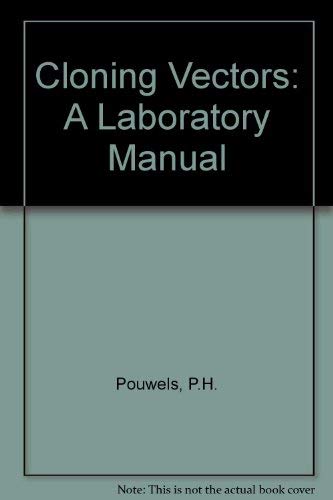About The Book
'Cloning Vectors', the very first comprehensive compilation of the presently existing vectors used in cloning, was published in December 1985. As a...
Read more
laboratory manual, it serves in rapidly identifying a given vector best suited for a particular purpose. Because of the extremely rapid developments in the field, annual supplements are published (starting from 1986), which comprise newly identified vectors. The first two supplementary updates are now available.A large section of the manual is devoted to Escherichia coli, the most commonly used host for general cloning and manipulation of DNA sequences. However, other Gram-negative bacteria are also discussed, as are several Gram-positives, such as Bacillus subtilis, the genera Staphylococcus, Streptococcus and Streptomyces, the lower eukaryotic yeasts and fungi, and animal and plant cells in culture.Within each chapter on these host organisms, separate sections have been created for general and special purpose cloning vectors, such as expression vectors. Groups of closely related vectors are presented together.In the diagrammatic representation of the vectors, restriction sites as well as genetic markers have been described, and for each vector the replicon(s) on which it is based. Where appropriate, promoters, replication origins, polyadenylation sites, messenger RNA-splicing sites etc. are indicated.Each chapter ends with a comprehensive tabular overview of all vectors discussed together with their basic features, which will be invaluable to the reader in locating both vectors and required characteristics.To the approximately 700 vectors being described in the main work, the first update (1986) added descriptions of 212 new vectors. In the second update (1987), a further 158 vectors are added.
Hide more




